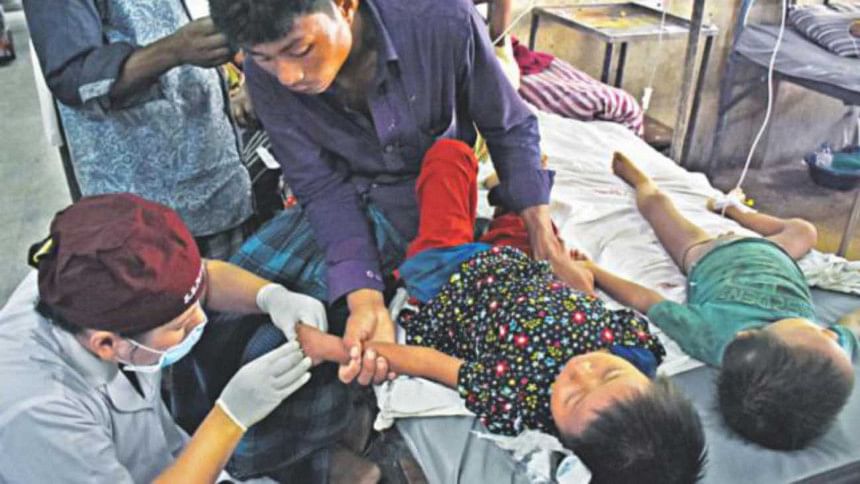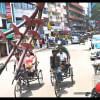Nine children die of measles

Last week when we learnt about the death of nine children in a remote area of Sitakunda in just four days, we were alarmed. But now that we know the reason behind the deaths—that these children died of measles—we are outraged. Outraged, because it is now clear that the deaths could have easily been prevented if these children had been vaccinated under the usual immunisation coverage. Why did it take so long for the authorities to even identify the disease? Why were these children not vaccinated?
What is even more shocking is that, none of the members of 85 families who live at Tripura Para of Sonachari union of Sitakunda have ever been immunised against measles. It is surprising that there was no mention of the area in the ward-based "micro plan" according to which immunisation programmes are conducted by the government. Can there be any excuse for such negligence?
We hope that the 88 children, now receiving treatment at different hospitals, recover soon and no more children from the community are newly affected by the disease, which now remains a challenge for the authorities.
As we know, Bangladesh has an impressive track record when it comes to immunisation programmes, as for the most part they have been very successful. But the Sitakunda case raises questions. Have the authorities been doing what they are supposed to do? It's crucial that the government identifies other such marginalised communities and immediately brings them under the coverage of its immunisation programmes. And the people responsible for such negligence must be identified and punished according to the country's law.

 For all latest news, follow The Daily Star's Google News channel.
For all latest news, follow The Daily Star's Google News channel. 








Comments